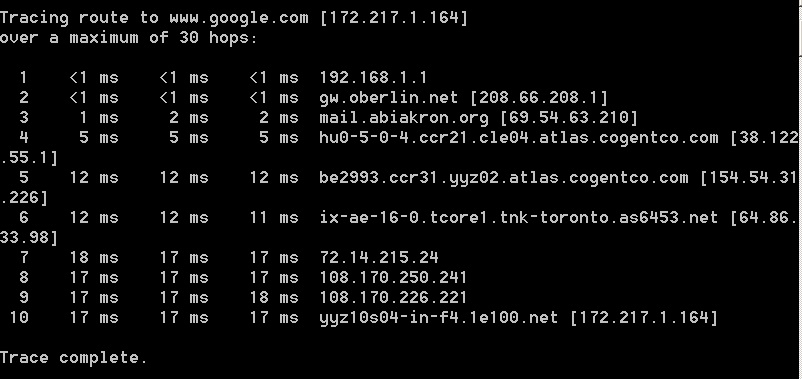Internet Speeds: Simplified
How much speed do I need? What is throttling? What are Data Caps? The answers to these questions can be very technical and complex, but a basic understanding is needed before purchasing a service that may not work for you.
A simple way of defining Internet speed is; speed is how fast data moves from one location to another. The factors involved are the key to understanding how speed is measured. The shortest distance between two points is a straight line. If you used a straight line to measure the distance between your home and a store it may be 25 miles. If the speed limit is 25 mph, then you should be able to get to the store in an hour. But what about traffic lights, stop signs, slow traffic, traffic accidents, emergency vehicles, road conditions, and the fact you are not traveling a straight line? Your actual drive time may be 70 minutes, an hour and a half, or even longer.
This is like Internet speeds; the Internet is your digital highway. When using a test site to test speeds, it can use the straightest line possible and factors out many of the conditions that can slow you down. It would be like using a helicopter instead of a car to get to that store 25 miles away. Though you have not eliminated all the variables, you have eliminated numerous ones. Thus, making the speed test have better results. Though the same variables do not exist on the digital highway as it does on the paved one, there are still numerous conditions to factor in. Package shaping, throttling, hubs, routers, personal equipment, servers, and other users are just some of the factors. If a million people drove down the same road at the same time, traffic will slow down, the same goes for the digital highway. If a thousand people are trying to get through the same door at the same time, it will slow things down and the people at the back will be waiting much longer. This is also the same on the digital highway.
Most Internet Service Providers (ISP) use package shaping to get you to that speed test site faster. Most ISP’s use throttling to slow you down during peak periods. And some ISP’s use Data Caps to stop you from having unlimited access. Thus, Package Shaping is like turning your car into that helicopter, throttling is like creating checkpoints and barriers to stop those million people from getting on the road at the same time, and Data Caps are like limiting the amount of times you can go to the store per hour, day, or week.
Cable Co-op does not use these methods. Much like you are only responsible for the vehicle you are using and your driveway, Cable Co-op only has control over their equipment. Sure, you could have a blizzard and need to shovel yourself out before you can get to the store or you can have vehicle issues, but this is stuff you are responsible for. But you have no control over the roadway, other vehicles, weather conditions, and emergencies that may arise and this is where most of your travels occur. The same goes for Cable Co-op. We have control over our network, but not the digital highway and our network is just a small portion.

The picture above is a trace route. It shows the path your data takes to make it to a certain server, in this case it is Google. You will notice there are 10 “steps” or roadways it must travel to get to Google. The first one is the local network you are on, much like the vehicle you would be driving. The second one would be like your driveway, all the rest are akin to the streets, highways, byways, and roads you must travel to your destination. Cable Co-op can make certain our modems and our servers are working properly, but the rest is out of our control. Notice the times listed in milliseconds. Through the Cable Co-op portion the data is moving faster than a single millisecond, once outside of Cable Co-op a slowdown occurs.
So now that we may know a little more about what Internet speed is, how much do you need? Some people will assume that the more speed you pay for the faster your connection is, but this is a falsity. Much like being limited by your vehicle’s ability, you are also limited by speed limits, traffic, and other factors mentioned above. So, paying for more speed does not always make you faster.



